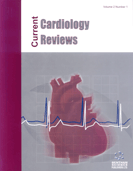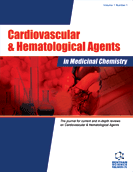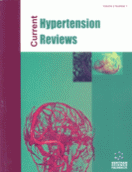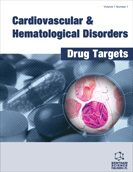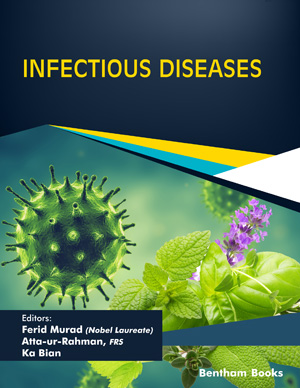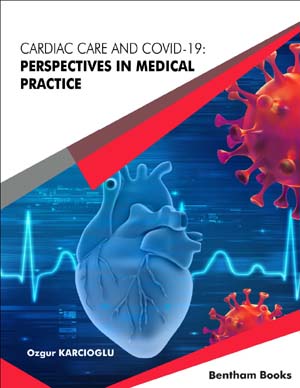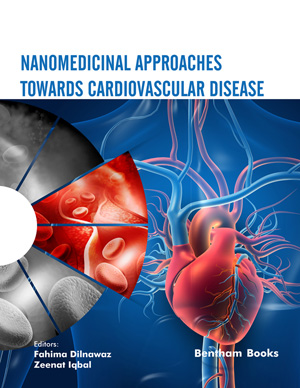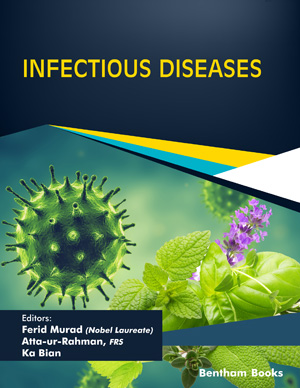Abstract
Toxocariasis is the clinical term used to describe human infection with either the dog ascarid Toxocara canis or the feline ascarid Toxocara cati. As with other helminths zoonoses, the infective larvae of these Toxocara species cannot mature into adults in the human host. Instead, the worms wander through organs and tissues, mainly the liver, lungs, myocardium, kidney and central nervous system, in a vain attempt to find that, which they need to mature into adults. The migration of these immature nematode larvae causes local and systemic inflammation, resulting in the “larva migrans” syndrome. The clinical manifestations of toxocariasis are divided into visceral larva migrans, ocular larva migrans and neurotoxocariasis. Subclinical infection is often referred to as covert toxocariasis. One of the primary causes of death all around the world is cardiovascular disease that accounted for up to 30 percent of all-cause mortality. Cardiovascular disease and more precisely atherosclerotic cardiovascular disease, is predicted to remain the single leading cause of death (23.3 million deaths by 2030). A-quarter of people presenting the disease does not show any of the known cardiovascular risk factors. Therefore, there is considerable interest in looking for novel components affecting cardiovascular health, especially for those that could improve global cardiovascular risk prediction. This review endeavours to summarize the clinical aspects, new diagnostic and therapeutic perspectives of toxocaral disease with cardiovascular manifestations.
Keywords: Toxocariasis, cardiovascular, visceral larva migrans, epidemiology.
Graphical Abstract
Current Cardiology Reviews
Title:Helminth Infections and Cardiovascular Diseases: Toxocara Species is Contributing to the Disease
Volume: 13 Issue: 1
Author(s): Mohammad Zibaei
Affiliation:
Keywords: Toxocariasis, cardiovascular, visceral larva migrans, epidemiology.
Abstract: Toxocariasis is the clinical term used to describe human infection with either the dog ascarid Toxocara canis or the feline ascarid Toxocara cati. As with other helminths zoonoses, the infective larvae of these Toxocara species cannot mature into adults in the human host. Instead, the worms wander through organs and tissues, mainly the liver, lungs, myocardium, kidney and central nervous system, in a vain attempt to find that, which they need to mature into adults. The migration of these immature nematode larvae causes local and systemic inflammation, resulting in the “larva migrans” syndrome. The clinical manifestations of toxocariasis are divided into visceral larva migrans, ocular larva migrans and neurotoxocariasis. Subclinical infection is often referred to as covert toxocariasis. One of the primary causes of death all around the world is cardiovascular disease that accounted for up to 30 percent of all-cause mortality. Cardiovascular disease and more precisely atherosclerotic cardiovascular disease, is predicted to remain the single leading cause of death (23.3 million deaths by 2030). A-quarter of people presenting the disease does not show any of the known cardiovascular risk factors. Therefore, there is considerable interest in looking for novel components affecting cardiovascular health, especially for those that could improve global cardiovascular risk prediction. This review endeavours to summarize the clinical aspects, new diagnostic and therapeutic perspectives of toxocaral disease with cardiovascular manifestations.
Export Options
About this article
Cite this article as:
Zibaei Mohammad, Helminth Infections and Cardiovascular Diseases: Toxocara Species is Contributing to the Disease, Current Cardiology Reviews 2017; 13 (1) . https://dx.doi.org/10.2174/1573403X12666160803100436
| DOI https://dx.doi.org/10.2174/1573403X12666160803100436 |
Print ISSN 1573-403X |
| Publisher Name Bentham Science Publisher |
Online ISSN 1875-6557 |
 17
17
- Author Guidelines
- Bentham Author Support Services (BASS)
- Graphical Abstracts
- Fabricating and Stating False Information
- Research Misconduct
- Post Publication Discussions and Corrections
- Publishing Ethics and Rectitude
- Increase Visibility of Your Article
- Archiving Policies
- Peer Review Workflow
- Order Your Article Before Print
- Promote Your Article
- Manuscript Transfer Facility
- Editorial Policies
- Allegations from Whistleblowers
- Announcements
Related Articles
-
Prognostic Relevance of Metabolic Approach in Patients with Heart Failure
Current Pharmaceutical Design Epidemiological Evidence Associating Secondhand Smoke Exposure with Cardiovascular Disease
Inflammation & Allergy - Drug Targets (Discontinued) HMG-Co A Reductase Inhibitors in the Treatment of Cardiovascular Diseases: Stabilization of Coronary Artery Plaque
Current Drug Targets Covid-19 Susceptibility and Severity Might be Modified by Vitamin D Status: Theoretical and Practical Considerations
Current Respiratory Medicine Reviews Recent Patents of Gene Sequences Relative to DNA Polymerases
Recent Patents on DNA & Gene Sequences Aortic Wave Velocity: A Noninvasive Method to Measure the Stiffness of Arteries and the Clinical Results of Supplements That Appear to Improve Arterial Stiffness
Current Aging Science Hypolipidemic, Antioxidant and Cardioprotective Effects of the Aqueous Extract from <i>Scorzanera Undulata</i> Tubers in Streptozotocin-Induced Diabetic Rats
Cardiovascular & Hematological Agents in Medicinal Chemistry PPAR- γ Agonist in Treatment of Diabetes: Cardiovascular Safety Considerations
Cardiovascular & Hematological Agents in Medicinal Chemistry Pharmacogenetics of the Antiplatelet Effect of Aspirin
Current Pharmaceutical Design Repositioning of Drugs in Cardiometabolic Disorders: Importance and Current Scenario
Current Topics in Medicinal Chemistry From Nature to Drug Discovery: The Indole Scaffold as a ‘Privileged Structure’
Mini-Reviews in Medicinal Chemistry Does Data Shape Moral Decision? Or Do Values Shape the Data?
Current Pediatric Reviews Three Dimensional Echocardiography: Recent Trends in Segmen tation Methods
Current Medical Imaging Lipoprotein(a): Medical Treatment Options for an Elusive Molecule
Current Pharmaceutical Design Pharmaceutical and Biomedical Analysis of Terpene Constituents in Salvia miltiorrhiza
Current Pharmaceutical Analysis Thrombomodulin Links Coagulation to Inflammation and Immunity
Current Drug Targets The Potential of Secondary Metabolites from Plants as Drugs or Leads Against Protozoan Neglected Diseases – Part I
Current Medicinal Chemistry Predictive Factors of follow-up Non-attendance and Mortality Among Adults with Type 2 Diabetes Mellitus- an Analysis of the Malaysian Diabetes Registry 2009
Current Diabetes Reviews Inflammatory Related Cardiovascular Diseases: From Molecular Mechanisms to Therapeutic Targets
Current Pharmaceutical Design Hydrogen Sulfide Regulates Vascular Inflammation and its Related Signaling Pathways
Current Signal Transduction Therapy


